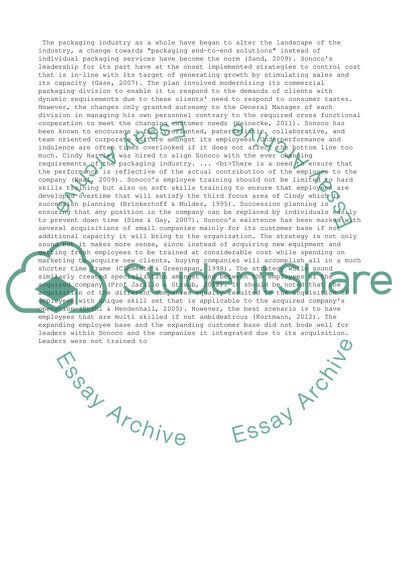Cite this document
(“Sonoco HR Essay Example | Topics and Well Written Essays - 2750 words”, n.d.)
Sonoco HR Essay Example | Topics and Well Written Essays - 2750 words. Retrieved from https://studentshare.org/management/1403520-hr-casestudy
Sonoco HR Essay Example | Topics and Well Written Essays - 2750 words. Retrieved from https://studentshare.org/management/1403520-hr-casestudy
(Sonoco HR Essay Example | Topics and Well Written Essays - 2750 Words)
Sonoco HR Essay Example | Topics and Well Written Essays - 2750 Words. https://studentshare.org/management/1403520-hr-casestudy.
Sonoco HR Essay Example | Topics and Well Written Essays - 2750 Words. https://studentshare.org/management/1403520-hr-casestudy.
“Sonoco HR Essay Example | Topics and Well Written Essays - 2750 Words”, n.d. https://studentshare.org/management/1403520-hr-casestudy.


